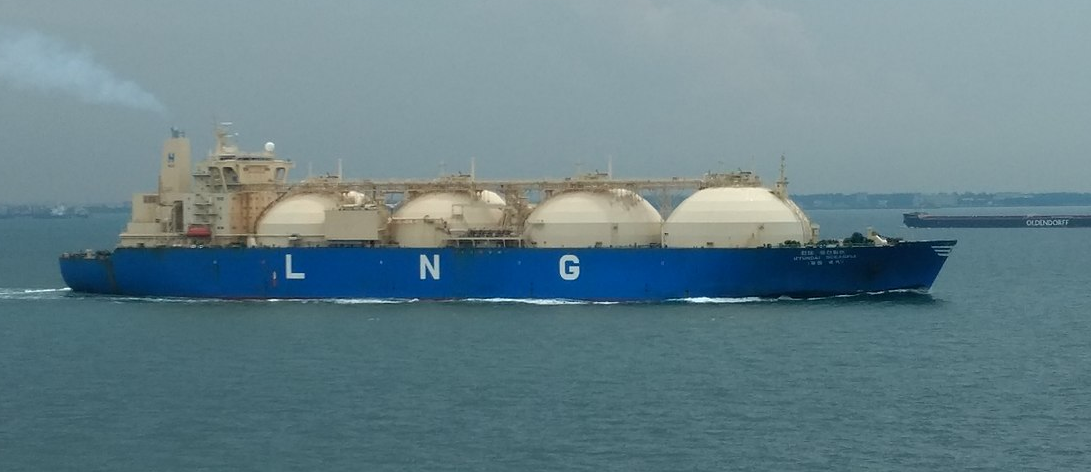
Last month, the leading lobbying organization for the U.S. oil and gas industry, the American Petroleum Institute (API), issued what it labelled “10 in 2022,” which were the ten policies to supposedly “unleash” American energy and help “fuel” the nation’s recovery.
The ten point plan was a predictable rehashing of oil industry messages that the master spin doctors have issued over the years; to unlock the potential of America, the government should open up all federal lands to drilling, build critical oil and gas infrastructure, remove obstructions stopping new gas projects and infrastructure, and approve LNG exports.
The ten point plan can be summarized in three words “drill, baby, drill”.
The API continues to live in a parallel universe, one where self-perpetuated propaganda outstrips any resemblance of reality. The API consistently ignores our climate emergency and daily evidence of our climate crisis. This is not surprising really, the industry has decades of form on this. But any rational actor would be looking at the science and thinking you cannot drill your way out of our growing crisis.
As I write, tens of thousands of people are being evacuated after catastrophic flooding in Sydney, as rainfall records are rewritten. Australia is not alone. At least 100 people have died in flooding in Bangladesh.
As some communities struggle with extreme flooding, others bake in extreme heat. At the moment its Japan’s turn:
Japan ?? has suffered an extraordinary heatwave which has destroyed hundreds of records across the country. Here are the 9 days that re-wrote Tokyo's temperature history.
Records here date back to 1875. pic.twitter.com/1Ri98eMD6p
— Scott Duncan (@ScottDuncanWX) July 4, 2022
Japan is not alone. The Arctic has been experiencing extreme heat. So have large parts of the U.S. and Europe.
There are those, like the API, who have long argued that gas is a transition fuel for our climate crisis. This has long been debunked by scientists and civil society groups such as Oil Change International (OCI). In 2019, OCI published a report along with a number of groups, which outlined why gas is not a bridge fuel.
Since then both the IPCC and IEA have both said that we cannot carry on drilling if we want to limit warming to 1.5 degrees.
Since then, the oil and gas industry has exploited the brutal and bloody Ukraine war to push for gas expansion, especially increasing LNG exports. The API reiterates this in its ten point plan, arguing that the Department of Energy should “approve pending LNG applications to enable the U.S. to deliver reliable energy to our allies abroad.”
The latest scientific research to debunk this argument was published in the prestigious journal, Nature Energy this week.
Entitled, “The Expansion of Natural Gas Infrastructure Puts Energy Transitions At Risk,” the academics admit the topic is highly controversial but add that they are putting forward five “perspectives to argue why expansion of the natural gas infrastructure hinders a renewable energy future and is no bridge technology.”
They argue that “natural gas is a fossil fuel with a significantly underestimated climate impact that hinders decarbonization through carbon lock-in and stranded assets.” Instead of gas expansion, the scientists argue, “questions now arise as to whether a rapid decline in natural gas use might be necessary”.
The five perspectives the scientists put forward are:
- Methane emissions are much higher than previously estimated.
They note that the latest research shows that the contribution of anthropogenic fossil fuel sources to total methane emissions has been underestimated in the range of 20–60%. Even greater monitoring detection and reduction of super-emitting methane leakage events will not stop the need for a “strong reduction in natural gas consumption,” due to the fact that “natural gas is still a fossil fuel that emits large amounts of CO2 during combustion, in addition to fugitive methane emissions.”
- Emissions from natural gas are poorly treated in scenarios.
The scientists suggest that when the full greenhouse gas potential of methane is taken into consideration, results change “dramatically.” They argue “energy system models might find that when incorporating full-life cycle GHG emissions and the updated warming potentials of methane, results on natural gas change drastically. This might force scientists to discard natural gas as anything besides a marginally used fuel, and consider other options, such as energy efficiency and sufficiency in degrowth scenarios.”
- Misleading narratives prevent a direct shift to renewables.
They argue that the so-called “bridge narrative” of gas is misleading, and only serves the self-interests of the gas industry.
- Natural gas lock-ins delay renewable energy transitions.
The scientists argue that the proposition that “proponents of natural gas use is that it is needed to meet national and international climate targets because of its low emissions” is “misleading because natural gas causes more emissions than often attributed to it.” Furthermore, it creates “carbon lock-ins, which will probably delay the energy transition to renewables.”
Additionally, they state that “as gas pipelines, LNG terminals and gas-fired power plants have a technical lifetime of several decades, they pose a particularly great risk for carbon lock-ins.”
- Investments in gas infrastructure imply economic risks.
The paper outlines how “investments in natural gas infrastructure pose serious economic risks”, including asset stranding, “which results in a key challenge of the transition to renewable energy sources.” They warn, rather ominously, that “widespread climate-related asset stranding could cause a cascading effect on coupled sectors, in particular the financial sector.”
The scientists conclude that “a fossil fuel with a high climate impact, often hidden under a misleading narrative, which hinders decarbonization via infrastructure expansion, and so creates carbon lock-in effects and bears high economic risk, cannot be a solution towards a zero-emission future.”
They add that “meeting the Paris Agreement and longer-term climate mitigation targets inevitably implies a fossil natural gas exit. The earlier such a gas exit is planned for, the more of the emission budget remains for those sectors that are harder to decarbonize.”

